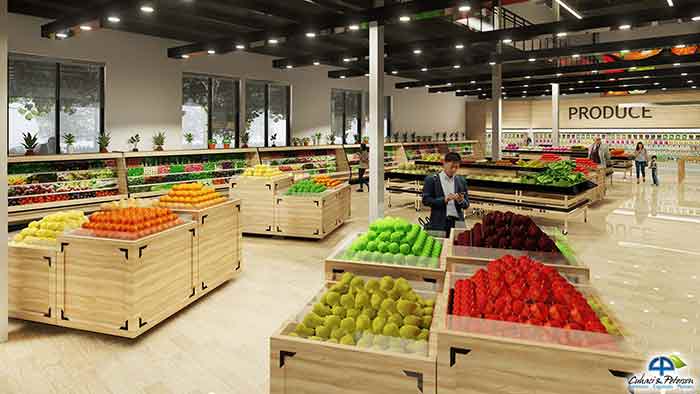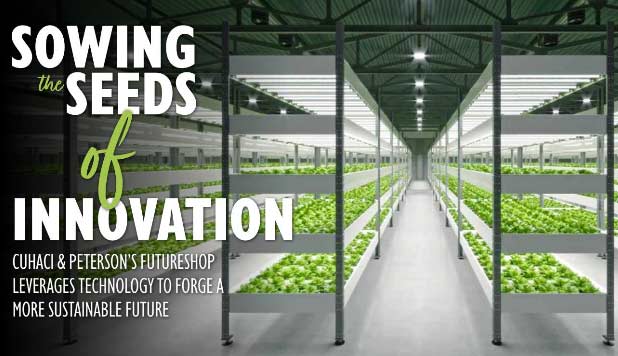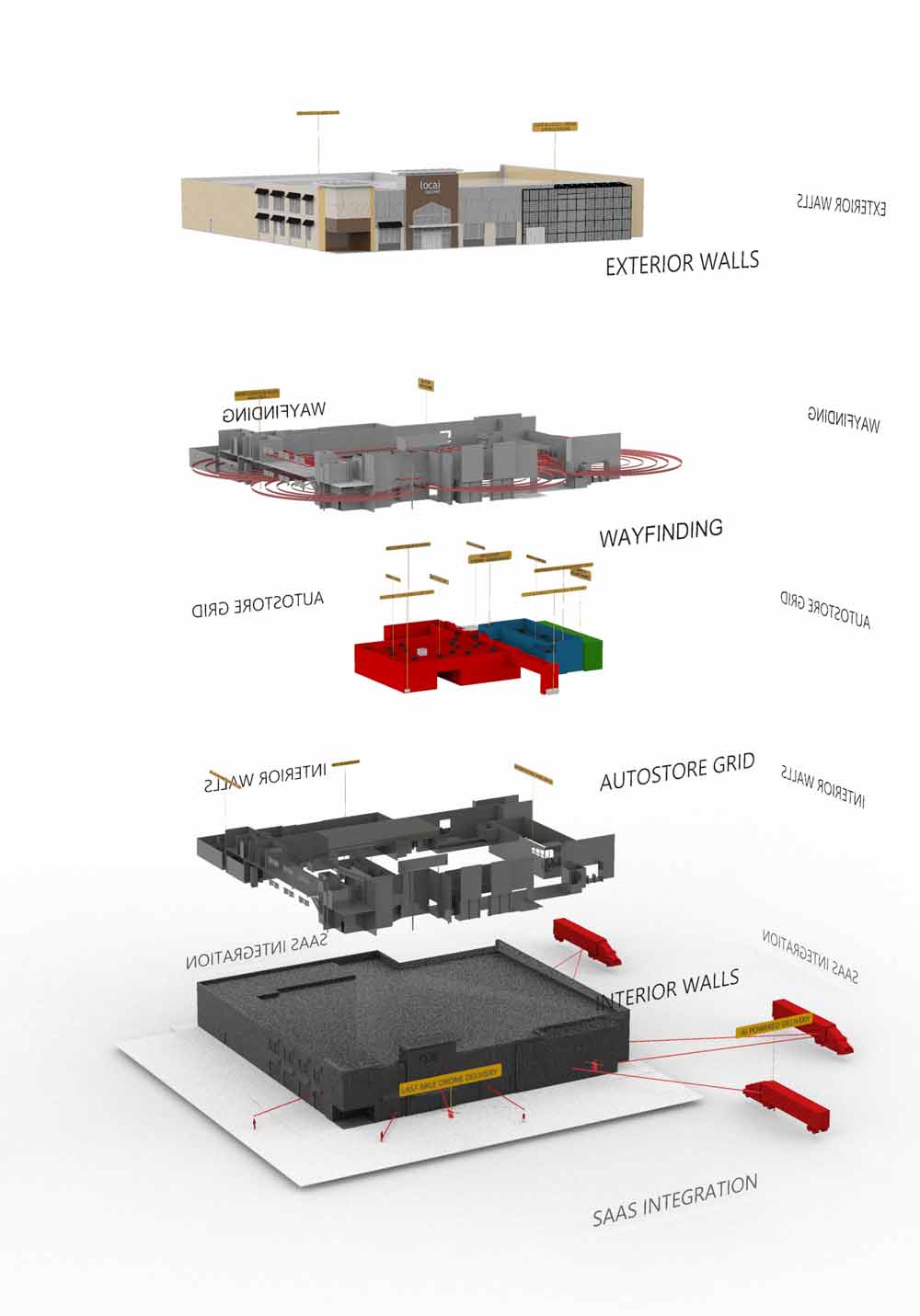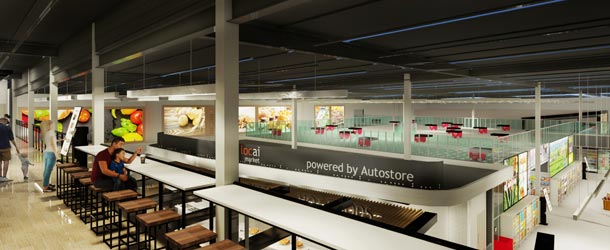The future of retail changed forever as the pandemic exposed the inadequacies of eGrocery. Consumers want convenience at a fair price, and they want a frictionless experience. Grocers must adapt, and quickly. They must also ask themselves how their brand will remain relevant in the future marketplace.
In a recent webinar with the Category Management Association, Steven Duffy, Cuhaci Peterson’s Senior Vice President of Design, offered a unique perspective on the future of small format and technology-enabled retail and how technology, innovation and cultural acceleration transform retail – small formats by 2030.
“Retail of the future is clearly at an inflection point,” Duffy said. “Yet today is the time to harness future retail themes,” he added.
Duffy noted the following four paradoxes will drive retail transformation:
1.) Physical to Virtual: The merging of physical to digital, often called phygital, is how we buy.
2.) Small is Big: Smaller format is more attractive with technology and convenience playing a part.
3.) Blurring Formats: Retail stores are decreasing in size as work from home shifts store sales.
4.) Simplify Complexity: Make systems easily accessible and easy to use.







